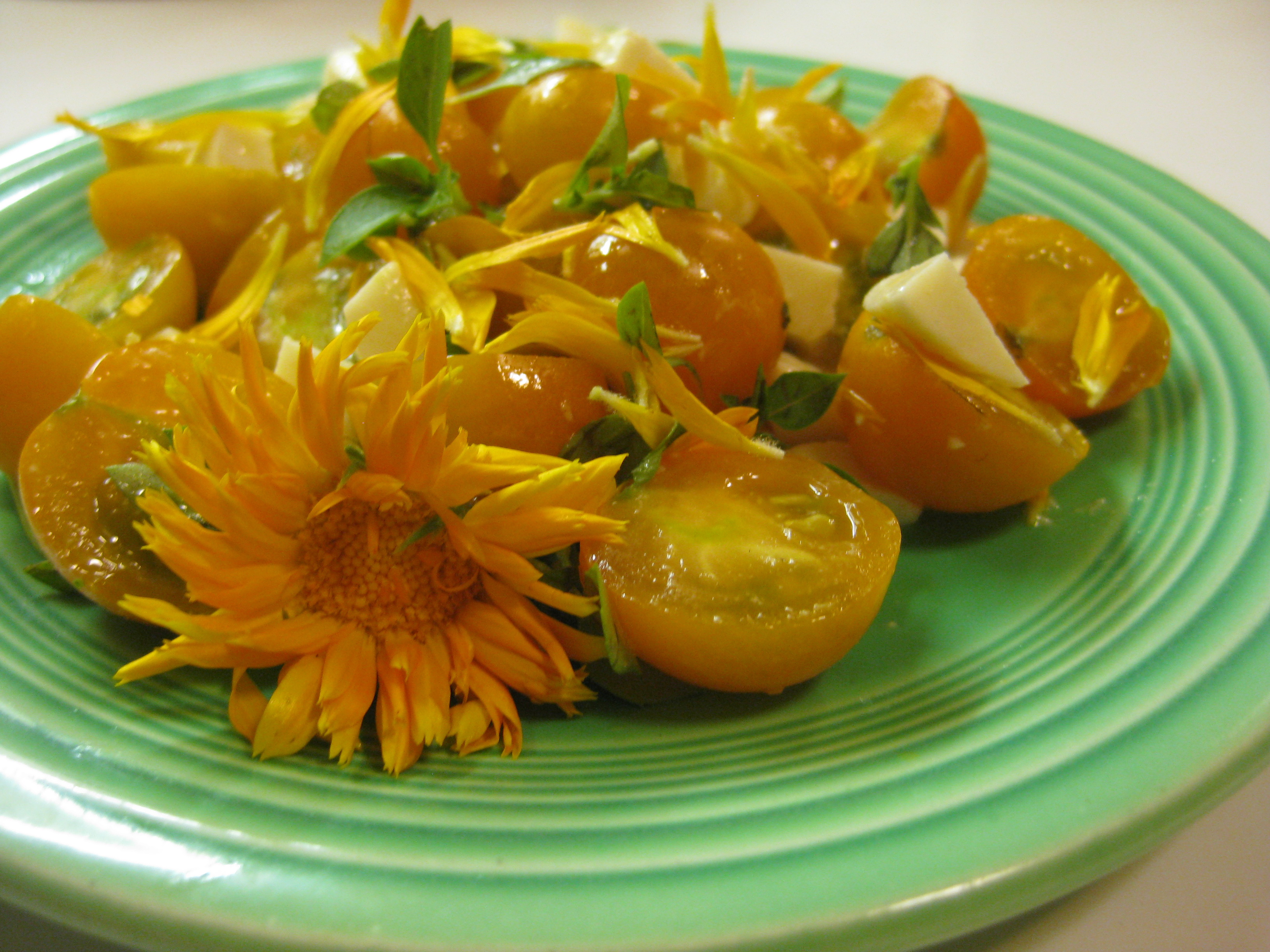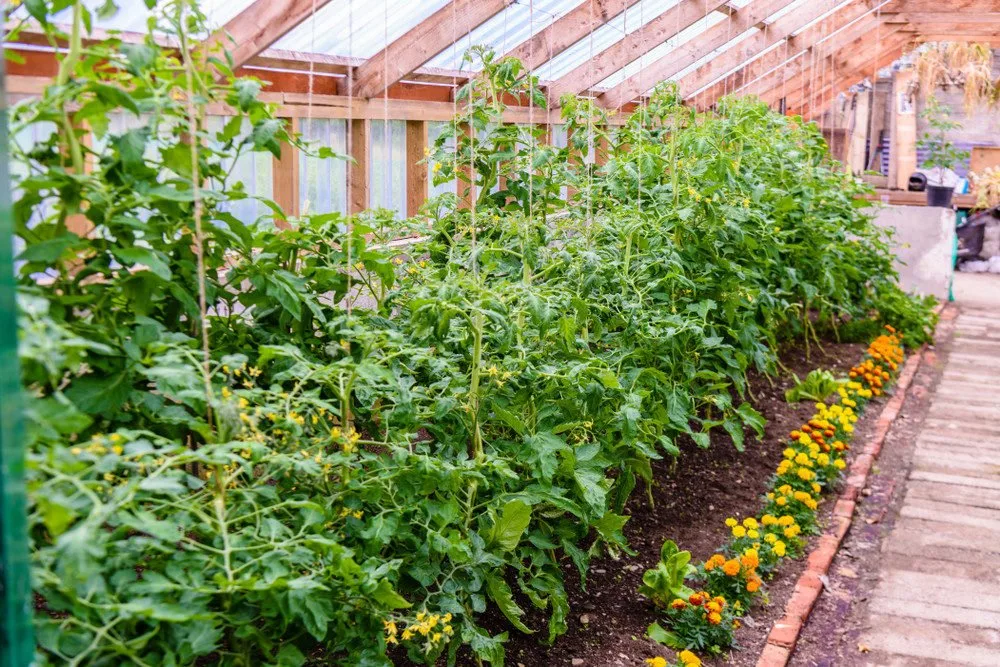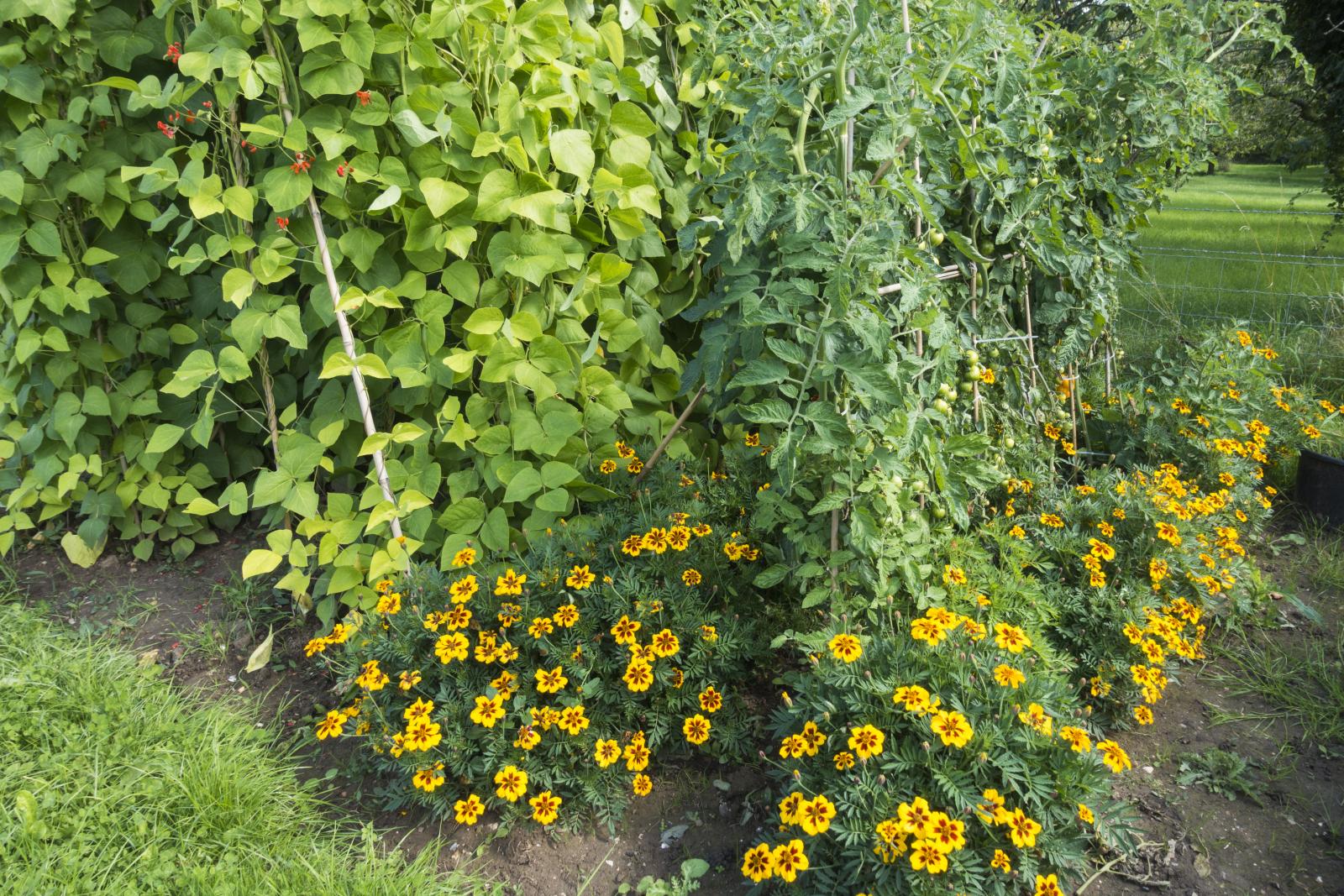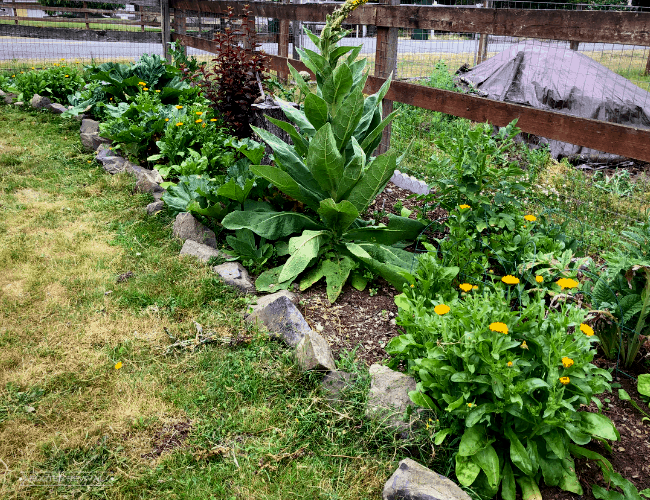Best Companion Plants For Calendula
Best Companion Plants for Calendula
Calendula is a beautiful, easy-to-grow annual flower that has many benefits for the garden. It's also a great companion plant for a variety of other vegetables and herbs. In this blog post, we'll take a look at some of the best companion plants for calendula and discuss the benefits of planting them together.
Benefits of Companion Planting
Companion planting is a gardening practice that involves planting different types of plants together in order to promote their growth and deter pests. There are many different benefits to companion planting, including:
- Increased pollination: Some plants, such as calendula, attract pollinators like bees and butterflies. These pollinators help to pollinate other plants in the garden, which can lead to increased yields.
- Pest control: Some plants have natural pest-repelling qualities. For example, calendula can help to repel aphids, whiteflies, and other pests.
- Improved soil quality: Some plants can help to improve the soil quality in your garden. For example, calendula can help to break down nitrogen and add organic matter to the soil.
- Reduced disease risk: Some plants can help to reduce the risk of disease in other plants. For example, calendula can help to repel nematodes, which are pests that can damage roots.
Best Companion Plants for Calendula
Now that we know some of the benefits of companion planting, let's take a look at some of the best companion plants for calendula.
- Asparagus: Asparagus is a delicious vegetable that can be grown in many different climates. Calendula is a good companion plant for asparagus because it helps to repel asparagus beetles.

- Beans: Beans are a nitrogen-fixing crop, which means they can add nitrogen to the soil. Calendula also helps to attract pollinators, which are important for bean pollination.

- Broccoli: Broccoli is a cool-season vegetable that is susceptible to pests like aphids and cabbage moths. Calendula can help to repel these pests, and it can also help to improve the flavor of broccoli.

- Carrots: Carrots are a root vegetable that can be susceptible to pests like carrot rust fly and carrot root fly. Calendula can help to repel these pests, and it can also help to improve the flavor of carrots.

- Cucumbers: Cucumbers are a warm-season vegetable that can be susceptible to pests like cucumber beetles and squash bugs. Calendula can help to repel these pests, and it can also help to improve the pollination of cucumbers.
- Potatoes: Potatoes are a starchy vegetable that can be susceptible to pests like potato beetles and Colorado potato beetles. Calendula can help to repel these pests, and it can also help to improve the flavor of potatoes.

- Pumpkins: Pumpkins are a large, vining vegetable that can be susceptible to pests like squash bugs and vine borers. Calendula can help to repel these pests, and it can also help to improve the pollination of pumpkins.

- Tomatoes: Tomatoes are a warm-season vegetable that can be susceptible to pests like aphids, whiteflies, and tomato hornworms. Calendula can help to repel these pests, and it can also help to improve the pollination of tomatoes.

These are just a few of the best companion plants for calendula. When choosing companion plants, it's important to consider the needs of the plants you're growing and the climate in your area. By planting calendula with compatible plants, you can promote their growth and deter pests, resulting in a healthier and more productive garden.
Conclusion
Calendula is a beautiful and versatile flower that can be used in a variety of ways. It's also a great companion plant for a variety of vegetables and herbs. By planting calendula with compatible plants, you can promote their growth and deter pests, resulting in a healthier and more productive garden.
Calendula is a beautiful and versatile flower that can be grown in a variety of gardens. It's also a great companion plant, meaning that it can benefit other plants in the garden. Some of the best companion plants for calendula include:
- Asparagus: Calendula helps to repel asparagus beetles, which can be a major pest for asparagus plants.
- Beans: Calendula helps to attract beneficial insects, such as ladybugs and lacewings, which can help to control pests that can damage bean plants.
- Broccoli: Calendula helps to improve the flavor of broccoli and can also help to repel cabbage moths.
- Cucumbers: Calendula helps to attract pollinators, which are essential for cucumbers to set fruit.
- Potatoes: Calendula helps to repel nematodes, which can damage potato plants.
If you're looking for more information about calendula companion plants, I recommend visiting Gardenia Inspiration. This website has a wealth of information on companion planting, including a detailed list of plants that are compatible with calendula.
FAQ of calendula companion plants
- What is calendula a good companion plant for?
Calendula is a good companion plant for a variety of vegetables, flowers, and herbs. It is known to attract beneficial insects, such as ladybugs and lacewings, which help to control pests. Calendula also helps to repel unwanted pests, such as aphids, tomato worms, and nematodes. Some of the best companion plants for calendula include: * Beans * Brassicas (such as broccoli, cabbage, and cauliflower) * Carrots * Cucumbers * Eggplants * Melons * Onions * Peas * Potatoes * Spinach * Tomatoes
- How does calendula benefit other plants?
Calendula benefits other plants in a number of ways. It: * Attracts beneficial insects * Repels unwanted pests * Improves soil health * Provides shade for young plants * Masks the smell of other plants that repel pests
- What are some good ways to plant calendula with other plants?
There are a few different ways to plant calendula with other plants. One way is to plant them in alternating rows. Another way is to plant them in a cluster around a single plant. You can also plant them in a pot or container with other plants.
- What are some of the challenges of companion planting with calendula?
There are a few challenges that you may encounter when companion planting with calendula. One challenge is that calendula can be susceptible to powdery mildew. Another challenge is that calendula can be a bit of a spreader, so you may need to keep an eye on it and trim it back as needed.
- What are some tips for companion planting with calendula?
Here are a few tips for companion planting with calendula:
* Plant calendula in full sun.
* Plant calendula in well-drained soil.
* Water calendula regularly, especially during hot, dry weather.
* Fertilize calendula every few weeks with a balanced fertilizer.
* Keep an eye out for pests and diseases and treat them promptly if they occur.
Image of calendula companion plants
- Calendula and beans: Calendula can help to deter aphids, which can be a problem for beans.

- Calendula and broccoli: Calendula can help to attract beneficial insects, which can help to protect broccoli from pests.

- Calendula and carrots: Calendula can help to repel carrot flies, which can damage carrots.

- Calendula and cucumbers: Calendula can help to attract pollinators, which can help to improve the pollination of cucumbers.

- Calendula and tomatoes: Calendula can help to deter nematodes, which can damage tomatoes.

Post a Comment for " Best Companion Plants For Calendula"